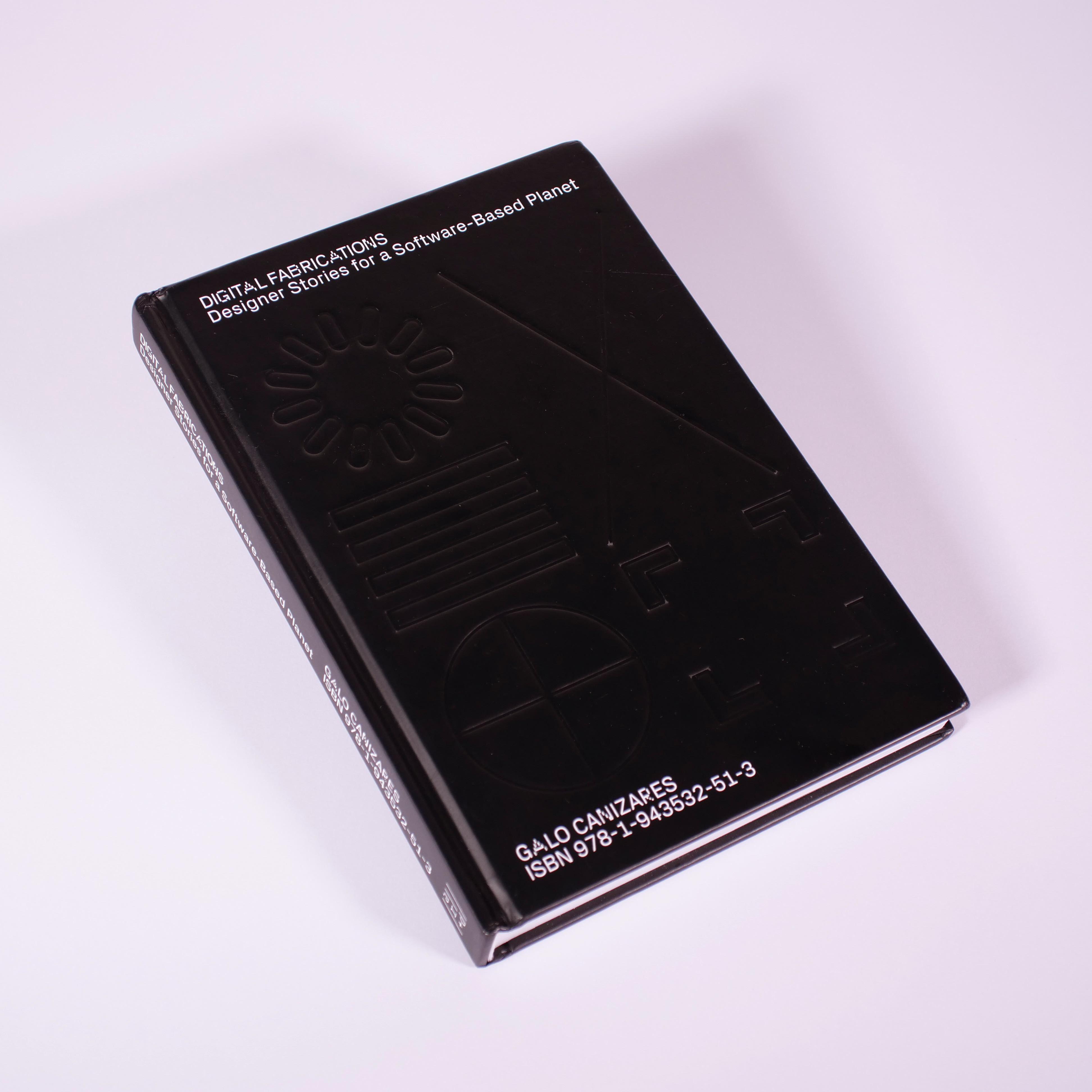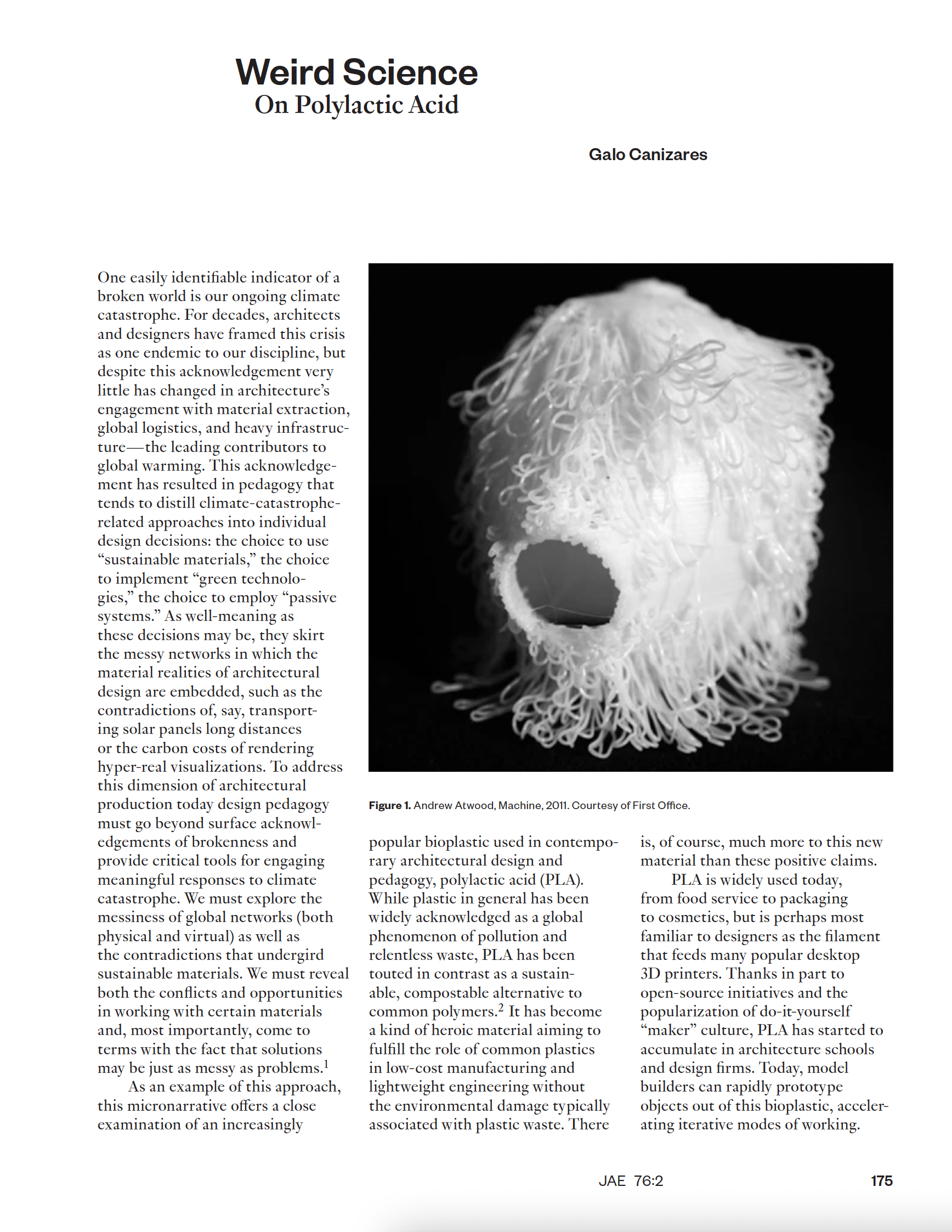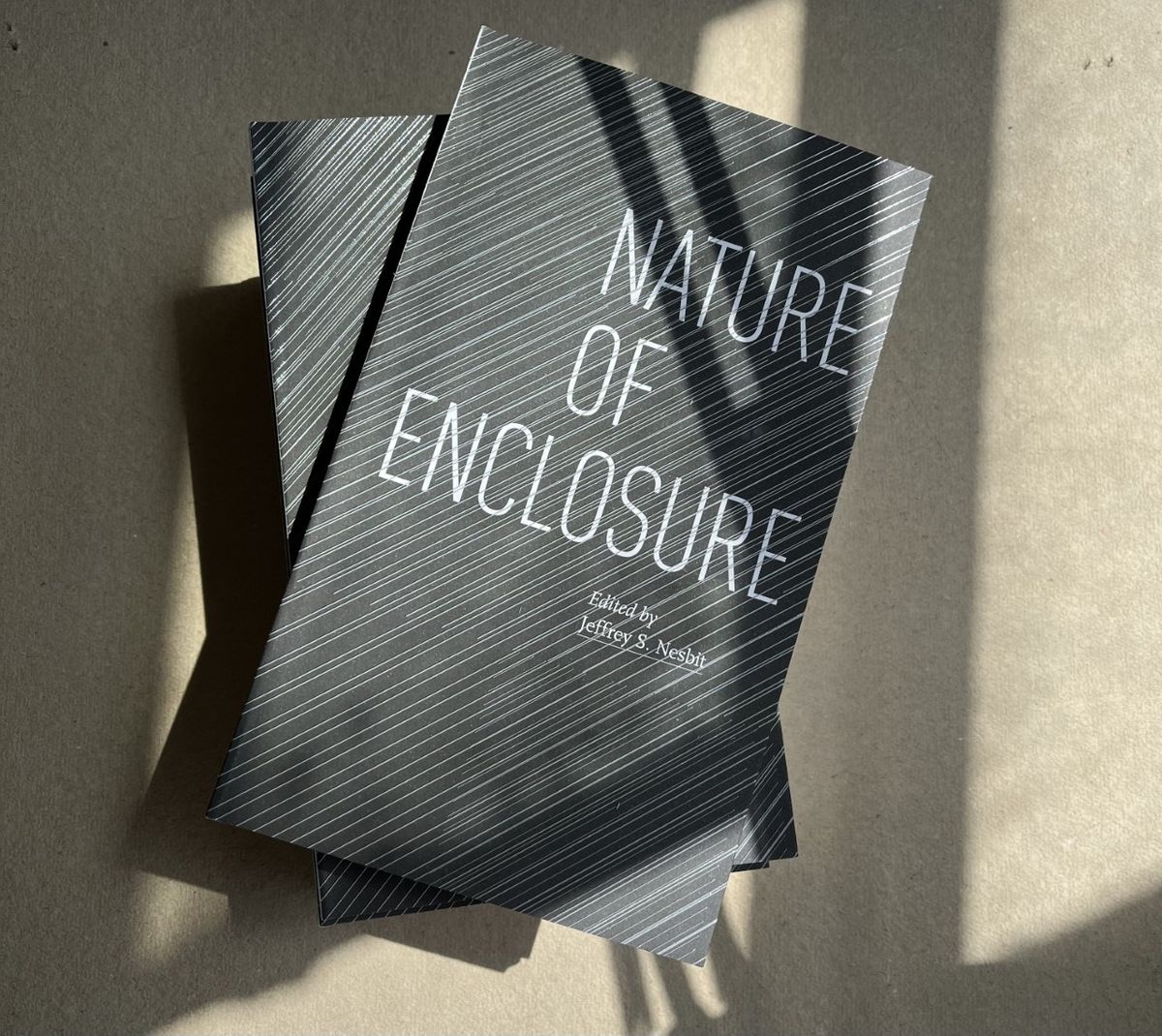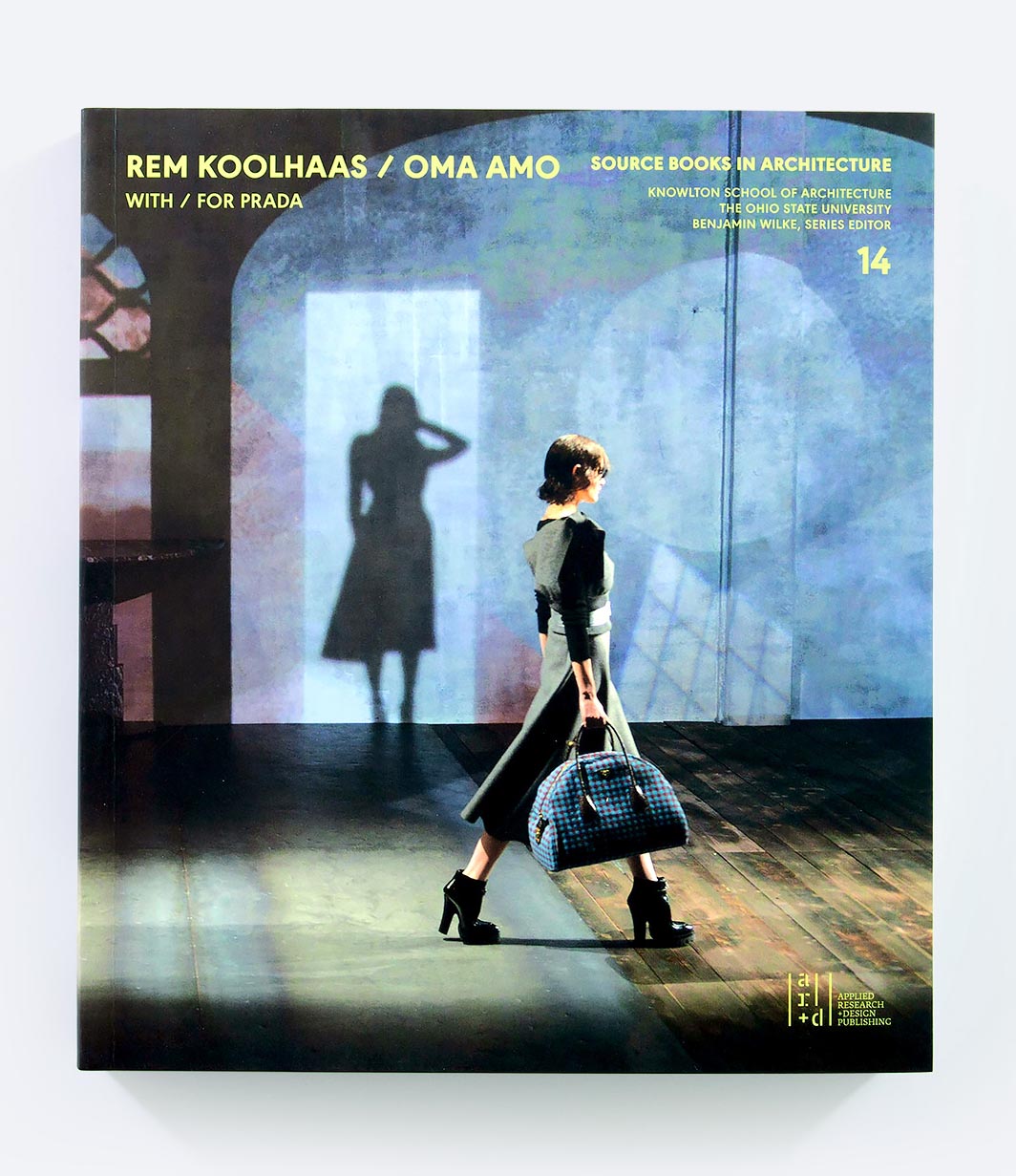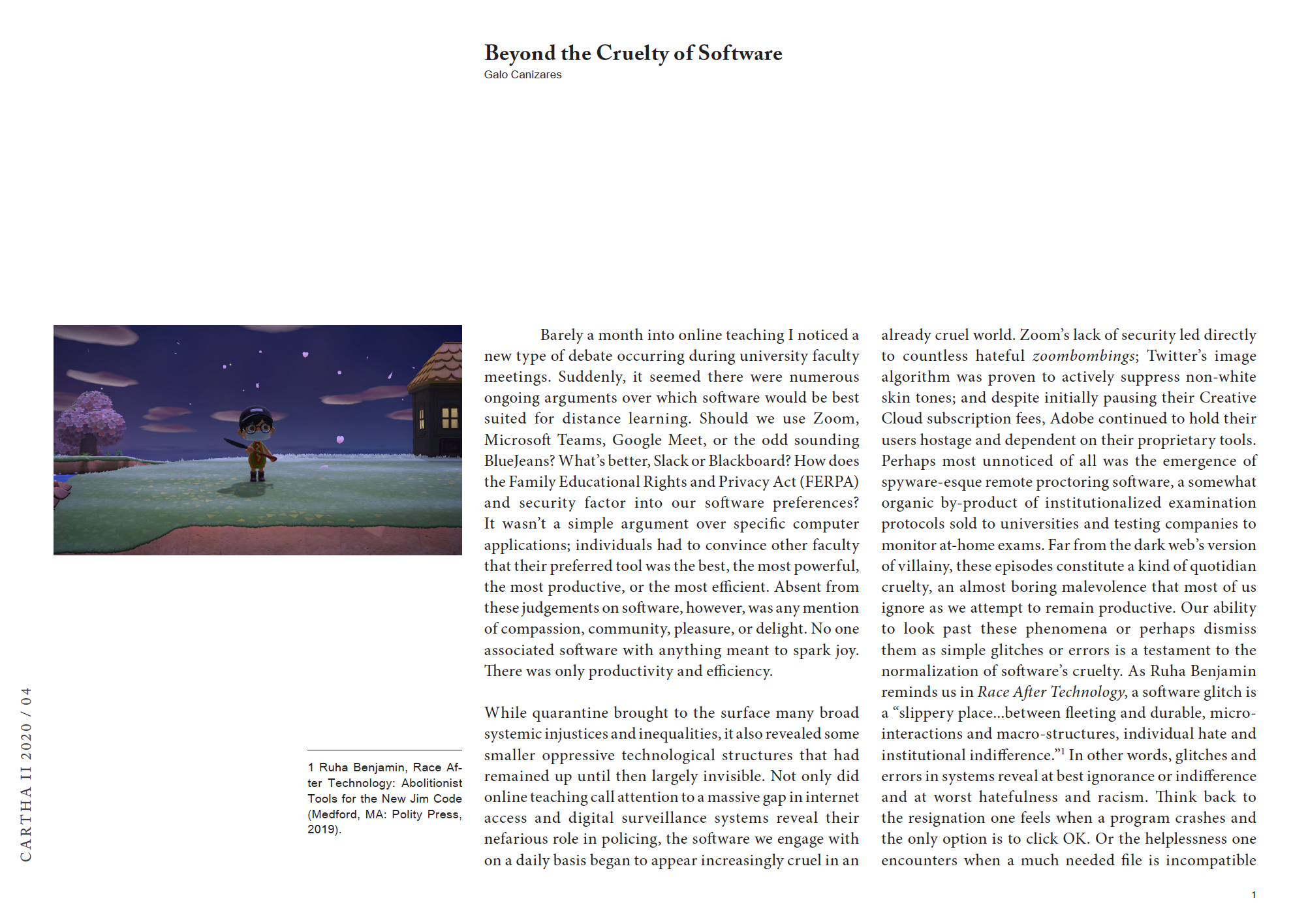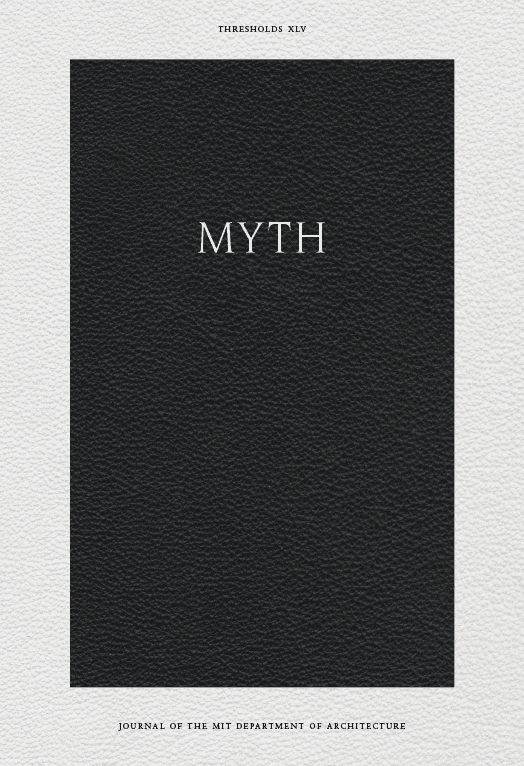Homing the Machine in Architecture
book
details
Digital Fabrications
book
details
Full Spectrum
book chapter
details
'Weird Science'
journal essay
details
'Carceral Tales'
journal essay
details
Nature of Enclosure
book chapter
details
REM KOOLHAAS, OMA + AMO
book chapter
details
'Technologies of the Virtual Other'
journal essay
details
'Another Allegory of Simulation'
journal essay
details
'Beyond the Cruelty of Software'
magazine essay
details
'A Simple Gesture'
journal essay
details
'Architecture in the Age of (super)Heroes'
journal essay
details
'A History (of our Planet)'
journal essay
details

